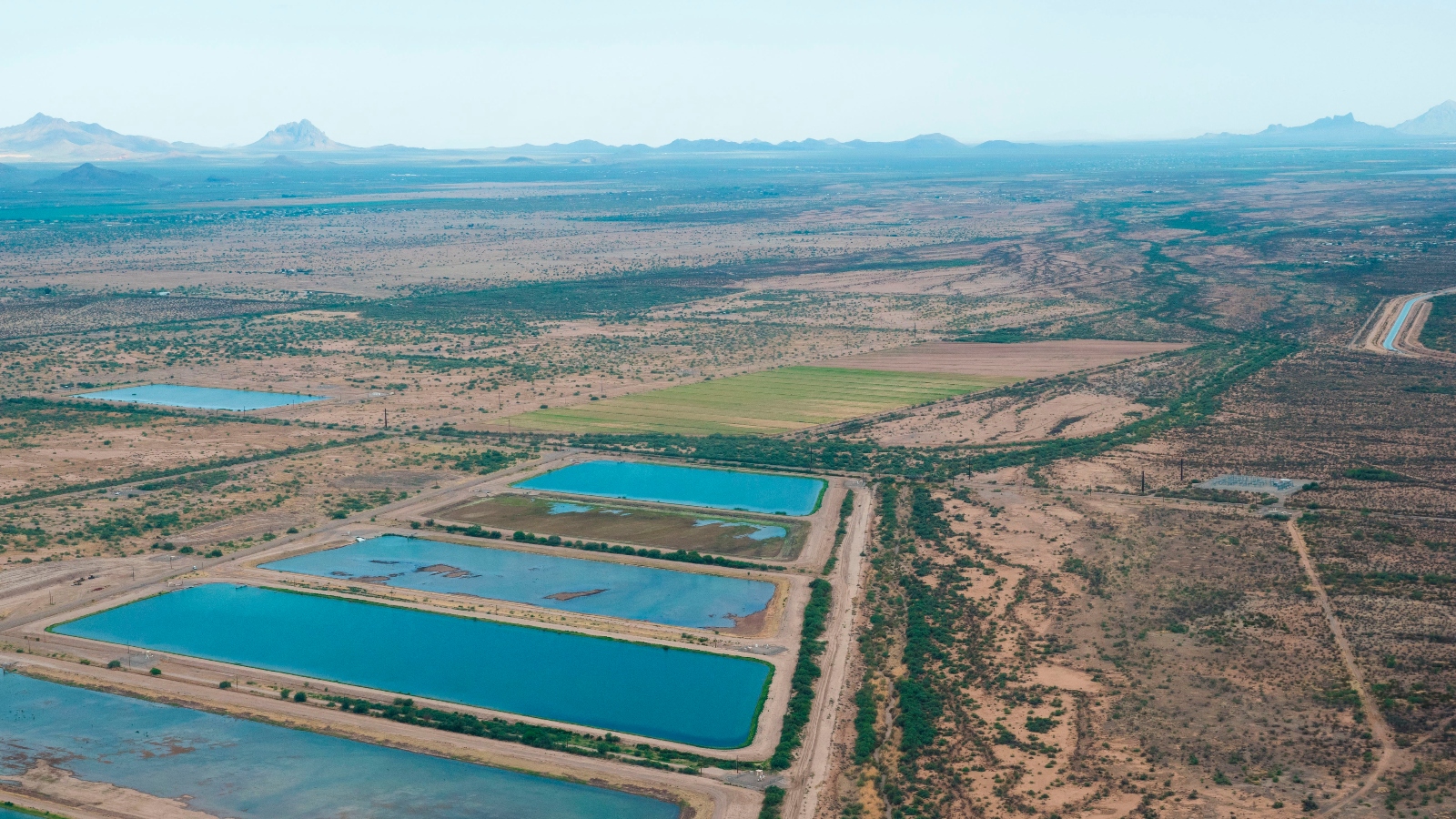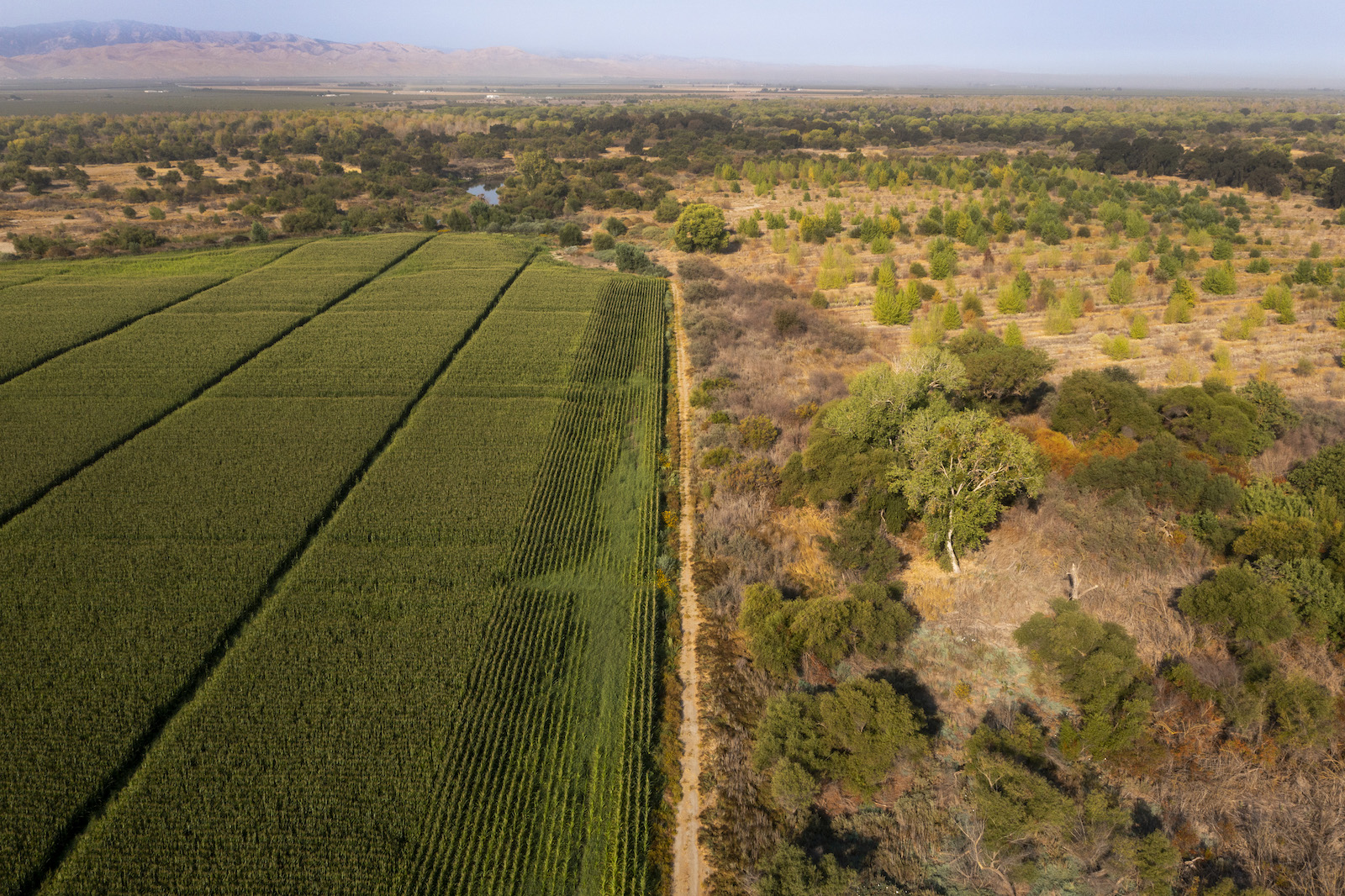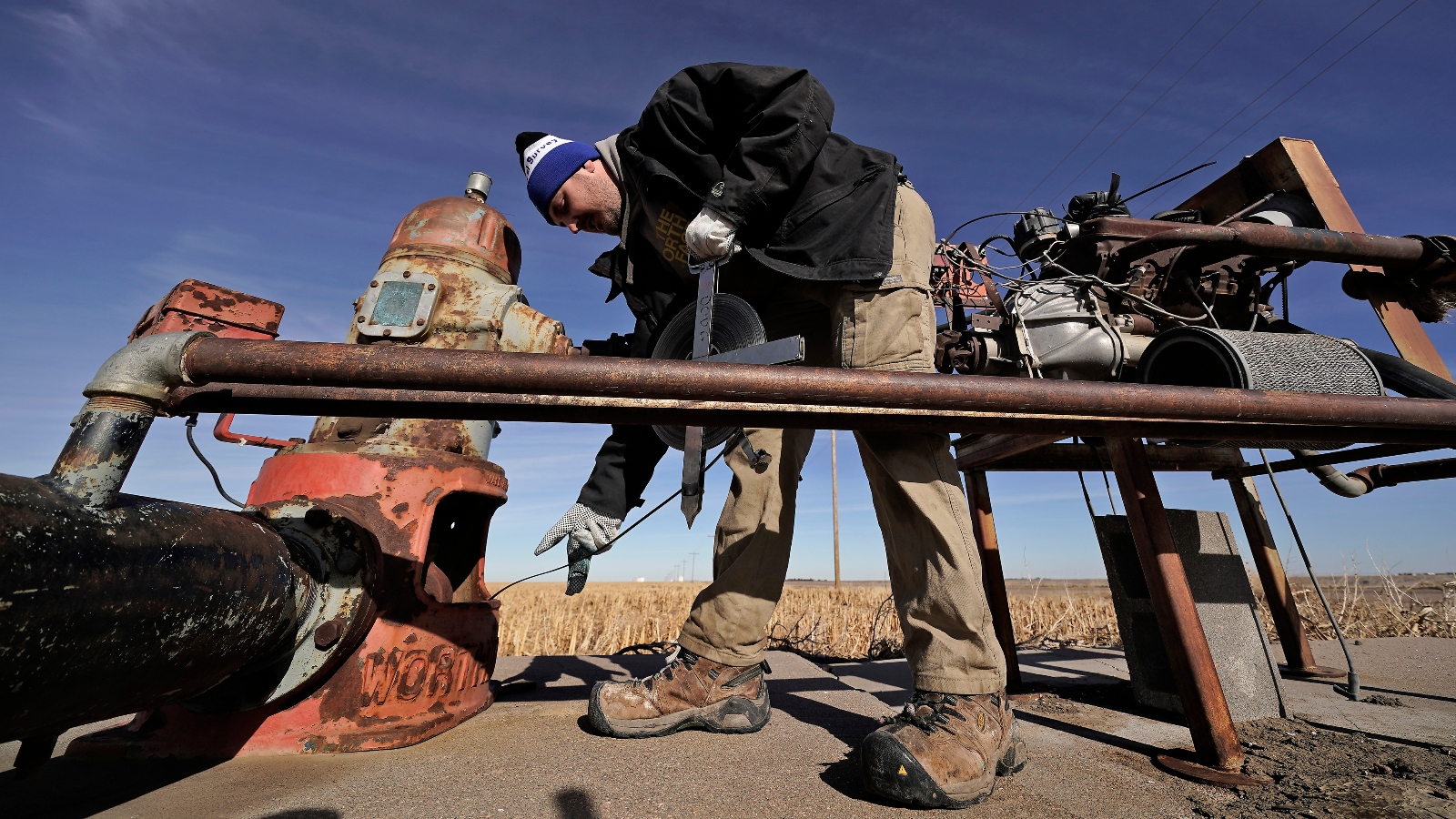
The world’s groundwater aquifers are taking a hit. Decades of rampant pumping by thirsty farms and fast-growing cities have drained these underground rock beds, which contain more than 95 percent of the planet’s potable water, leaving countries like Iran to the brink of humanitarian disaster. Water carrier health also suffers in the United States, where groundwater overdraft in states like Arizona dried up wells and caused land to sink and tear.
But a new study published this week in the scientific journal Nature highlights the few places in the world where groundwater levels are actually recovering. Using 40 years of measurement data from 170,000 groundwater wells, a team of researchers has identified some key policies that can prevent water tables from collapsing—and even restore them. These policies are all difficult to implement, and each has its own economic costs, but the new data offer hope to areas like California’s Central Valley, which are struggling to slow massive groundwater declines.
“Much of the dialogue related to groundwater has focused on depletion, and the novelty of this work lies in our ability to profile some of these cases where groundwater levels have recovered,” said Scott Jasechko, a professor of water resources at the University of California, Santa Barbara, and the lead author of the study. “Although they are rare, they provide insightful examples of ways in which things can be turned around elsewhere.”
To create a map of aquifer changes around the world, the authors contacted dozens of governments and compiled more than 1,300 different studies. The more than 40 countries from which they obtained data are responsible for more than 75 percent of the world’s groundwater consumption. After creating the map, Jasechko and his team zoomed in on places where water levels are rising and followed up with local governments in those areas to see how they did.
The first solution the researchers hit upon is obvious: If you run out of groundwater, look for another water source. The authors point to the success of Albuquerque, New Mexico, which relied on its aquifers to support rapid urban growth during the late twentieth century. When new studies showed the aquifers had far less water than officials thought, they turned to tributaries of the Colorado River for an alternative supply, building a treatment plant and a series of pipelines to bring in river water and the to give aquifers a break.
“In the 1980s and early 1990s, there was a notion that Albuquerque sat on top of a Lake Superior water level, and then in the 1990s they found out that wasn’t true,” said Mark Kelly, the water resources manager at Albuquerque’s water utility. “It was like a wake-up call, and we changed our strategy.”
The Biden administration has tried to replicate this solution in other parts of the country, more than $8 billion spent to create new reservoirs and pipelines for rural areas dependent on groundwater. But these projects are far too expensive for local governments to pursue without federal help; in the case of New Mexico, the cost of importing Colorado River water totaled more than $450 million, funded by increases in utility charges on Albuquerque residents. Furthermore, like the recent history of the Colorado River show, surface water isn’t always a sure bet — the river itself hit record lows during a recent drought in 2022, forcing some farmers in the West to turn to groundwater for irrigation.
“Further draining of the Colorado River and moving that water elsewhere could deplete the availability of water in the Colorado itself,” Jasechko said. “I think it would be too generous to call it a solution.”
The second way to stop aquifer depletion is to recharge underground water through a strategy known as “managed aquifer recharge,” which involves pushing water down into an aquifer to replenish a depleted bedrock. This strategy has already taken hold in some parts of the US that are under water pressure. In Tucson, Arizona, local officials Colorado River water stored underground to help restore water levels that have been falling for years, and give them a bank to draw on during extreme droughts. Here again, having an alternate surface water source such as a river helps, although some governments have found alternative supplies. In central Spain, e.g. a series of reboot pilot projects used roof runoff and recycled wastewater to recharge aquifers.
The third solution does not rely on a substitute water source, but it has its own costs. The researchers highlight the case of Bangkok, Thailand, which imposed strict restrictions on groundwater pumping at the end of the twentieth century after large swaths of the city’s soil began to sink. In the years since, the city’s water table has recovered, and parts of its land have even begun to rise again. This improvement did not come without a cost: to protect its soil from sinking, Bangkok had to limit the construction of new factories and industrial plants, meaning it may have lost economic growth.
“The measures that have been put in place have helped them recover a bit,” Jasechko said, “but also at the expense of industrial development and possibly jobs.”
Despite the high cost of importing surface water and the political difficulty of cracking down on groundwater use, the study’s authors say many countries will need to implement these solutions to prevent the even worse effects of aquifer depletion. The loss of residential wells could render entire neighborhoods unlivable, a risk that has already become real for some residents in Arizona. And if agricultural wells run dry, as happened in Iran, it can threaten regional or national food supplies.
While the case studies of restoration provide blueprints for other areas, climate change could make replicating them difficult, said Helen Dahlke, a professor of hydrology at the University of California, Davis. As the Earth warms, total precipitation will fall in dry areas, and the decrease in rain may cancel out some of the positive effects of groundwater regulation.
“The measures they are talking about would have so much more impact if they could counteract the decline in precipitation,” she said. “You play a game of, ‘how many come in, and how many go out?'”









